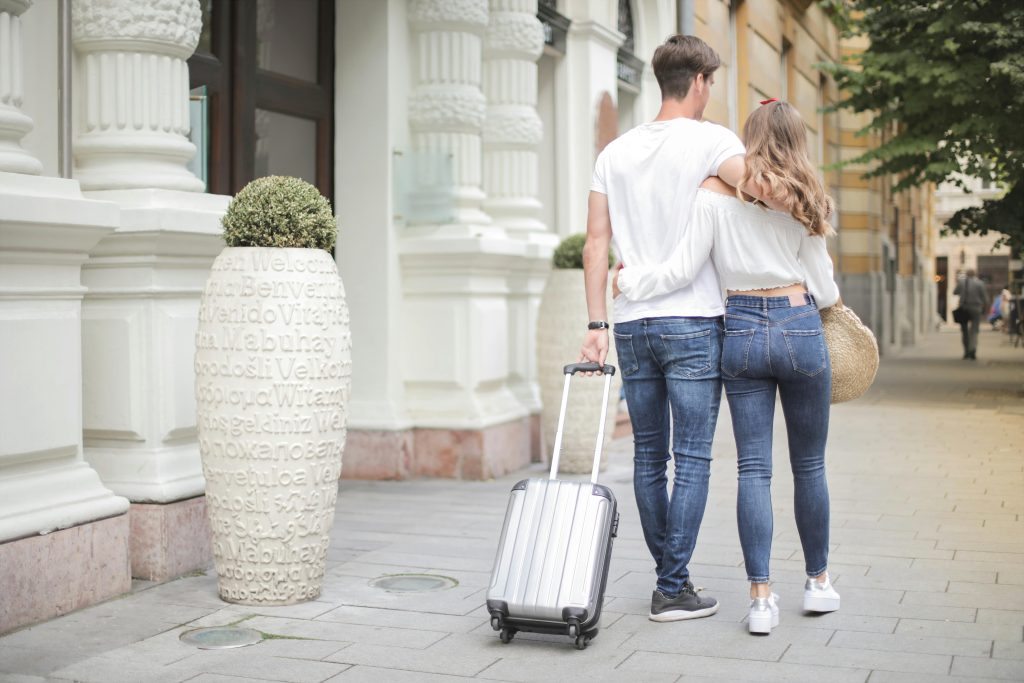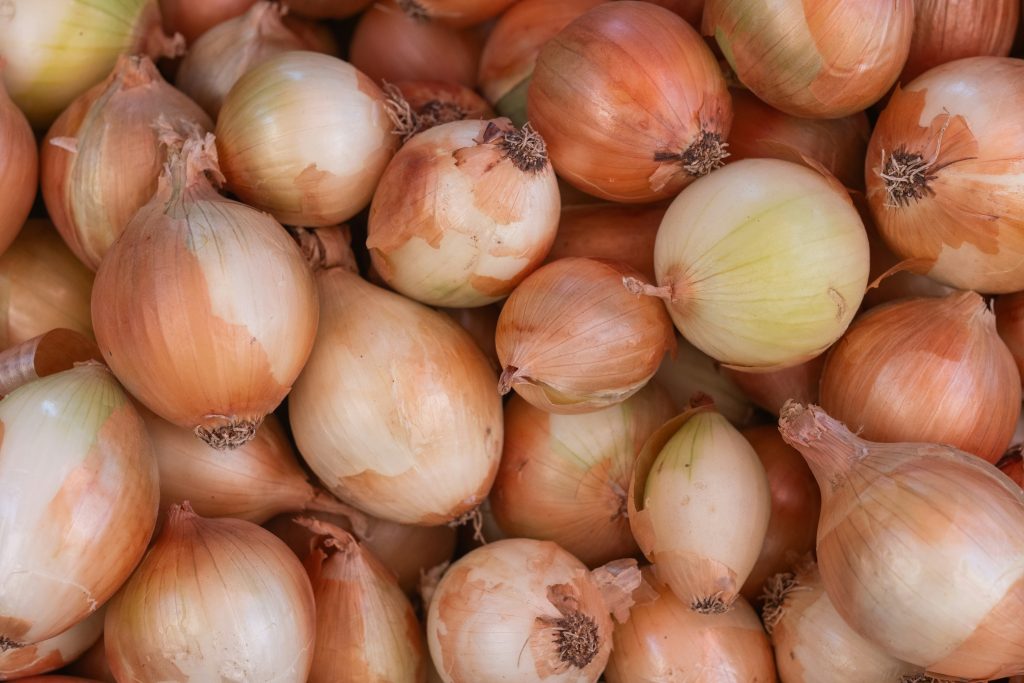New Year’s Eve is a time to say goodbye to what was and welcome what will be. As the clock strikes midnight, cheers and fireworks typically fill the sky – but what about unique New Year’s Eve and, even Day, traditions?
Well, there are plenty! Because a world filled with interesting people equates to a world of interesting New Year’s Eve traditions. Read on for good fortune.
Spain: Eating 12 grapes at midnight

In Spain, it is customary to celebrate the New Year by eating 12 grapes – one for each chime of the clock marking midnight. The tradition dates back more than a century and is meant to bring good luck for the upcoming year. The grapes consumed are thin-skinned, pale green grapes which are harvested in late November or December.
Denmark: Leaping off chairs

A Danish New Year’s Eve tradition sees people leaping into the new year in style by standing on chairs and jumping off when the clock strikes 12. Forgetting to jump can be cause for concern, as it’s said to bring bad luck for the entire new year.
Germany: Watching a British comedy

In Germany, a rather odd tradition is held. People watch a black-and-white British comedy sketch called ‘Dinner for One‘. Recorded in 1962, the film centres on Miss Sophie, an elderly Englishwoman who is celebrating her 90th birthday. However, the guests she is expecting are all dead, so her butler impersonates the four of them to give her company. It’s said that some people even make the four-course dinner featured in the 18-minute sketch.
Colombia: Taking an empty suitcase for a walk

To bring good luck and manifest more travel in the new year, people in Colombia take an empty suitcase around the block as fast as they possibly can.
Philippines: Eating round items and wearing polka dots

In Filipino culture, it’s believed that roundness symbolises prosperity as it is reminiscent of coins or money. So, households pick 12 round fruits for each month of the year to eat on New Year’s Eve to ensure a year of abundance. People also wear polka dots for good luck.
Brazil: Jumping seven waves

In Brazil, it’s common to go to the beach to ring in the new year. Wearing white, people traditionally jump over seven waves to thank the ocean goddess, Iemanjá for something good that happened in the past year with each wave. Once done, it is customary they do not turn their back on the sea until their feet are out of the water to not receive bad luck. Gifts are also placed on boats and pushed into the ocean.
Scotland: First footing

Hogmanay or ‘first footing’ is a New Year’s Eve tradition in Scotland where the first person who crosses the threshold of a home in the new year carries a gift for luck. There is even lore in which the person should be a man who is tall and dark – to protect against Vikings, of course. The tall, dark man may even bring coal, salt, shortbread or whisky, representing the basic needs of heat, food and drink.
Greece: Hanging an onion on your door

The traditional Greek custom of hanging an onion on your door symbolises rebirth and the coming of a new year. When New Year’s Day arrives, some parents even tap the onion on children’s heads to wish them good luck.
United States: New York Times Square Ball Drop

Americans across the entire country watch the ball drop at New York Times Square – either on the street or at home on TV. Filled with celebrities, performances and entertainment, it is an exciting and memorable way to bring in a fresh new year.
New Year’s resolution

While this New Year’s Eve tradition does not have a geographical home and is not typically unique, we thought it was worth a mention. Making a New Year’s resolution is a common practice for many and with good reason. Hope for a better year and a better self is something we can all get behind.
Do you have a unique New Year’s Eve tradition?
